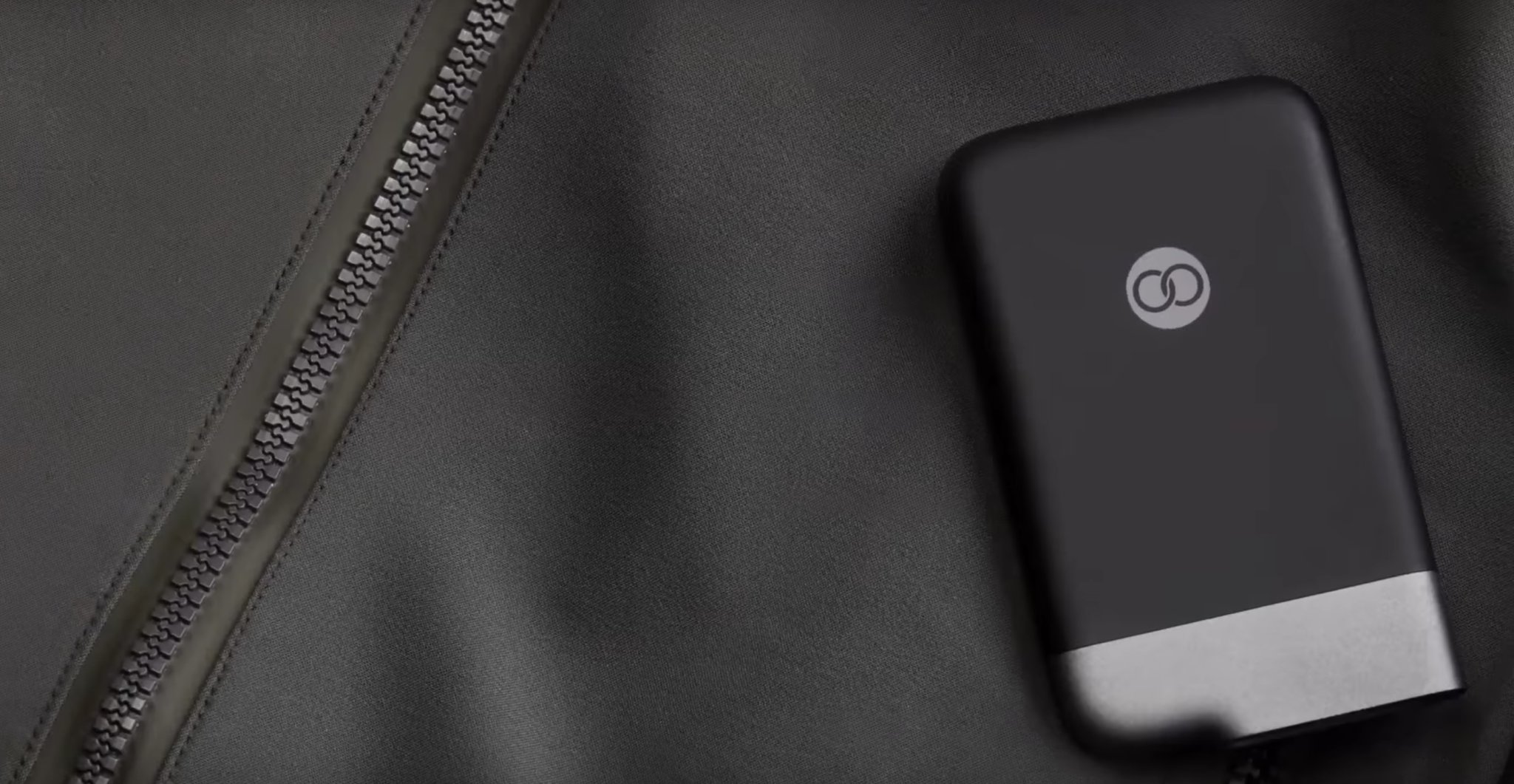

CB radios were revolutionary. Before cell phones ruled the world, the technology enabled an average user to communicate with their peers over a relatively long distance. No fuss. No license. None of the technical know-how required by the more sophisticated HAM radio systems that were similarly popular. And with their ascent in popularity, their usefulness increased exponentially. For caravans of travelers, for solitary road warriors trying to keep ahead of the fuzz. For truckers shooting the breeze. It’s no surprise that the CB transceivers became a factory option for many manufacturers. While the ubiquity of the citizens band radio may have waned, the utility of car-to-car communication has only grown.
Consider that void an opening for a new generation of wireless radio technologies which aim to significantly improve on both the promise of both cellular and two-way radio communication. Packaged into a pocketable accessory that wirelessly tethers to your mobile phone, devices like the goTenna and Beartooth utilize the license-free 900 MHz band to create ad hoc networks among themselves. Those networks facilitate communications—text messaging, geo-locating and two-way voice chatting—anywhere your gang is in range.
This all means you can communicate and keep track of your party in places where telecommunications typically can’t go. Mountains and valleys where your mobile service is unavailable is, of course, a foreseeable utility for these little gadgets. But further uses include big crowds where the cellular networks are overwhelmed, and emergencies, where they might go down entirely.
But perhaps the most compelling use for these little networking devices is road tripping, where vehicles can stretch like rubber bands in twisty canyons, and simple things like a fuel stop might take a series of phone calls and text messages to arrange. There are other advantages. The privacy of the network should appeal to anyone who’s dealt with crowded FRS or CB channels, while the extra serving of technology and connectivity outclass your average two-way communications system.
There are a few hitches to these mesh networking devices. Everyone involved in the network will have to use one of the little boxes. And like any other device using UHF radio frequencies, your range isn’t unlimited. Line-of-sight seems to be the consensus on range. But with cars becoming increasingly connected, it’s not hard to imagine how the technologies being pioneered by Beartooth and goTenna might eventually find their way into your car itself. Indeed, the idea’s been kicking around for quite a while, though with a less consumer-facing kind of utility. All and all, it’s a compelling argument for mesh networks, whether or not you’ll be incorporating them into your next drive.